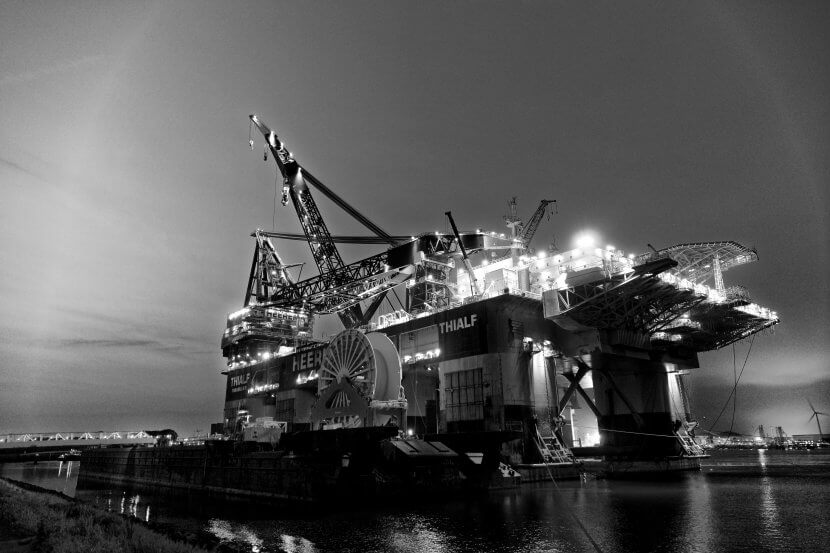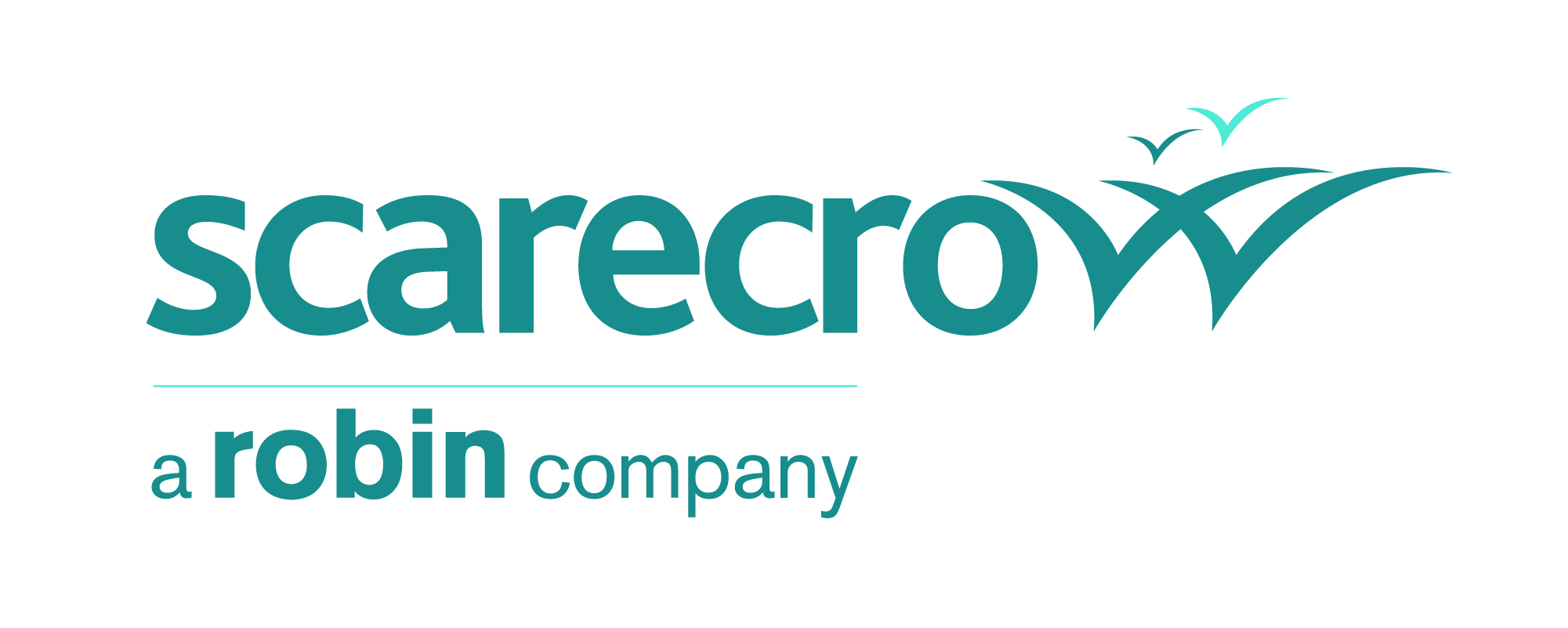Keeping birds at bay on oil and gas platforms
| Company | Scarecrow – a robin company |
|---|---|
| Date | 09.02.2023 |
The occasional bird visiting an offshore oil or gas platform may seem like a relatively minor issue for those who work there, but this is far from the truth in most instances. Inevitably, one bird will lead to several more in a short space of time, and before too long managers and employees are facing up to several potentially major problems. Doing nothing, even at the earliest stage, is perhaps the worst strategy of all.
 Large gatherings of birds will of course make a great deal of noise, but there are more serious factors that also need to be taken into consideration. Bird faeces are extremely acidic, and over even short timespans they can damage paintwork and equipment. It’s difficult to clean and of course as the number of birds increases so the risk to the platform structure will rise.
Large gatherings of birds will of course make a great deal of noise, but there are more serious factors that also need to be taken into consideration. Bird faeces are extremely acidic, and over even short timespans they can damage paintwork and equipment. It’s difficult to clean and of course as the number of birds increases so the risk to the platform structure will rise.
More importantly, however, the health and safety of everyone on board the platform will be at risk, especially if bird numbers continue to increase. Accumulated guano is a highly dangerous substance, containing a number of hazardous bacteria, including salmonella. If left unchecked and uncleared, it’s easy to imagine what an outbreak of such an infection can do in an isolated offshore environment.
In addition, there’s the potential of a significant risk to helicopters landing on and taking off from the platform. Crab remains and mussel shells are likely to accumulate on the helideck, and they can easily be sucked into a helicopter’s moving parts. Clearly, swift and effective actions need to be taken to deter the presence of seabirds on and around offshore platforms.
Birds will always be tempted by offshore platforms
One of the problems facing those in the oil and gas industry is that seabirds will always be drawn towards offshore platforms. These structures offer an opportunity to land in an area where there are very few alternative options, and of course there is a ready supply of food sources to be found within a very close proximity. The temptation to land, roost and gather in such a location is powerful.
Birds prefer to settle in a location that offers little in the way of disturbance, so they like offshore platforms because of the proliferation of quiet corners and the relatively small amount of human activity and interaction. Spikes and netting can be introduced to keep the larger birds away, and decoys such as dummy predators and scarecrows can help as well.
More effective methods include high quality bio-acoustic bird deterrents from Scarecrow. These have been developed with input from those in the oil and gas industry, and have been helping to protect offshore platforms for many years. Using recognised bird distress calls, they can help to keep seagulls and other species away from the platform itself, in an effective and humane manner.
The ATEX-rated Scarecrow B.I.R.D. System features a library of bird distress calls, so it’s easy to create a bespoke appliance that can be used in various parts of the world. The benefits to our customers include increased levels of health and safety, a reduced need for cleaning and, of course, the peace of mind that comes from knowing that the right steps towards a safer working environment have been taken.
Here at Scarecrow, we supply a wide range of bird dispersal and deterrent systems for a number of environments. These include airports, oil and gas platforms, farms, retail parks and marinas. To find out more about our products and services, call 01825 766 363. We look forward to hearing from you soon.
Contact
The Old Dairy, Straight Half Mile
Maresfield
East Sussex
United Kingdom
TN22 2HH
- +44 (0) 1825 766 363

